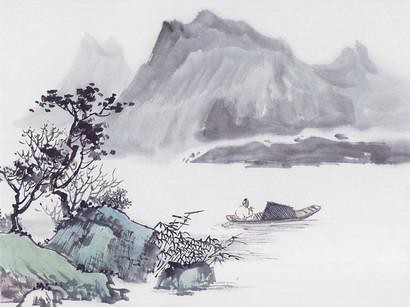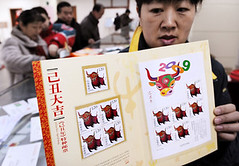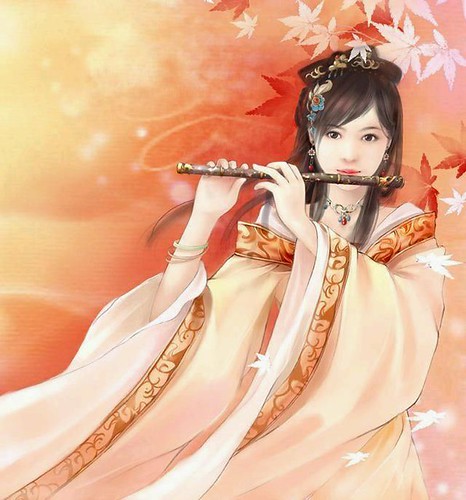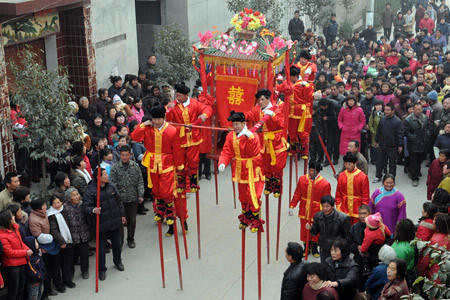| Home > Living in China > Art |
Origin and Tools of Ink & Wash Painting
Ink and wash painting is an East Asian type of brush painting, also known as wash painting. The Chinese name is shui-mo hua.
 |
Wash painting developed in ancient China during the Tang Dynasty. Wang Wei is generally the typical painter who applied color to existing ink and wash paintings. The art was further developed into a more polished style during the Song Dynasty. Then, it was introduced to South Korea and Japan etc.
In wash paintings, as in calligraphy, artists usually grind their own ink with an ink stick, but prepared ink is another choice available. Most ink sticks are made of densely packed charcoal ash from bamboo. An artist puts a few drops of water on an ink stone and grinds the ink stick in a circular motion until a smooth, black ink of the desired concentration is made. Prepared ink is usually of much lower quality.
Wash painting brushes are similar to the brushes used for calligraphy and are traditionally made from bamboo with goat, ox, horse, sheep, rabbit, marten, deer or wolf hair. The brush hairs are tapered to a fine point that is very vital to the style of wash paintings.
Different brushes have different qualities. A small wolf-hair brush that is tapered to a fine point can produce an even thin line of ink (much like a pen). A large wool brush (one variation called the big cloud) can hold a large volume of water and ink. When the big cloud brush rains down upon the paper, it delivers a graded swath of ink encompassing myriad shades of gray to black.
Art
 more
moreOrigin and Tools of Ink & Wash
Ink and wash painting is an East Asian type of brush painting, also

China Issued Special Stamps for
Citizens in Nanjing, East of China's Jiangsu Province, queued

Dizi---A Chinese Traditional
In China,there are many varied traditional musical instruments,

Customs
 more
moreChinese Kungfu
Introduction to Wudang Mountains
The Wudang Mountains, also known as Wu Tang Shan or simply Wudang,
Everybody was kungfu fighting
Niels Tsai, a kungfu enthusiast from Malaysia, was halfway up misty
Tai chi helps cut pain of knee arthritis
The traditional Chinese form of exercise known as tai chi can help




 print
print  email
email  Favorite
Favorite  Transtlate
Transtlate 
